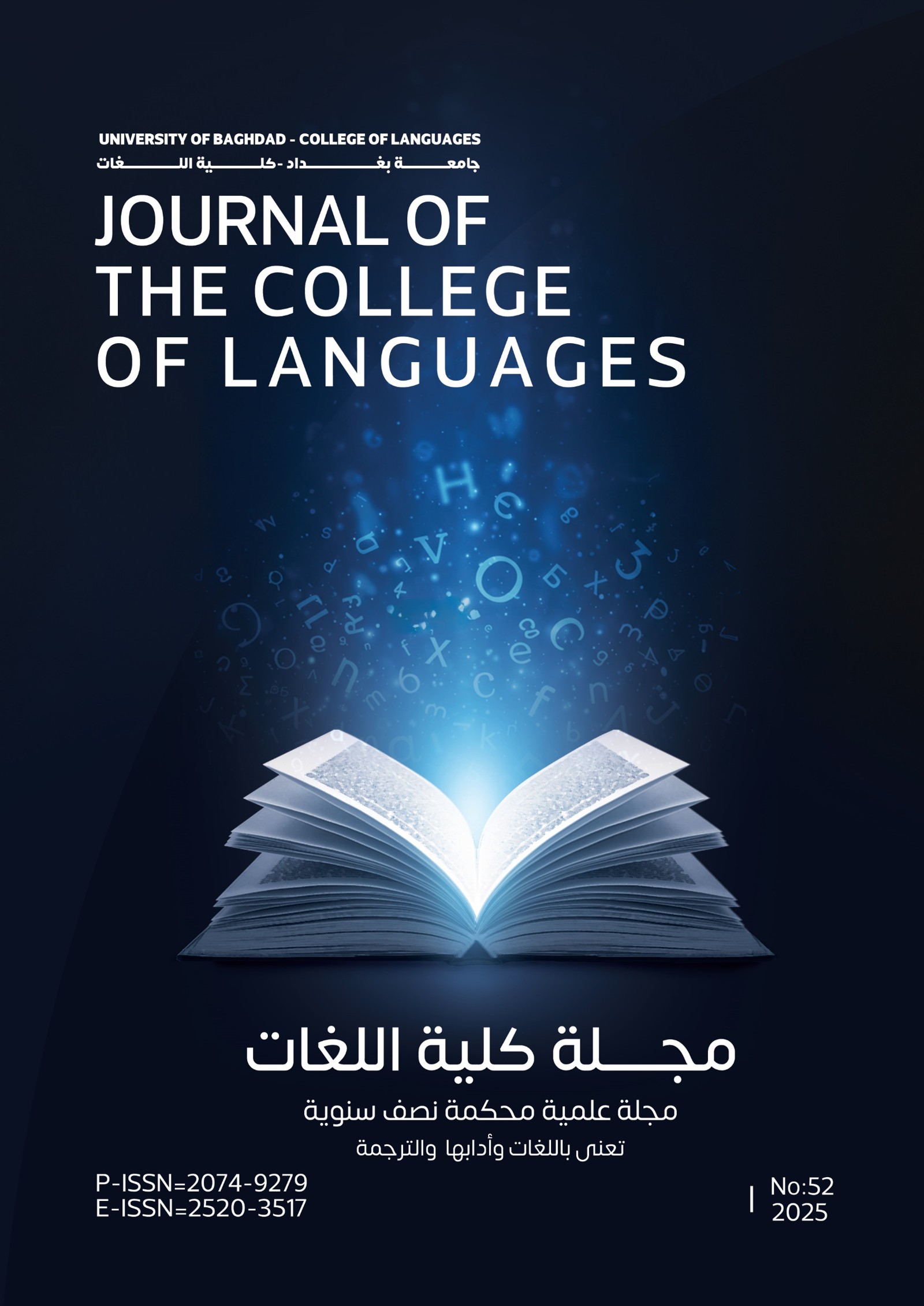La sangre y la ceniza (Estudio teórico y crítico)
Abstract
Alfonso Sastre escribió La Sangre y la ceniza, su primera obra dentro de la llamada “Tragedia Compleja” en los primeros años de la década de los sesenta, pero la primera edición no apareció hasta el año 1967 y fue en lengua italiana. Por causa de la censura la obra estuvo prohibida a lo largo de muchos años, finalmente su primera edición en castellano apareció en el número 1 de la revista Pipirijaina, en octubre del año 1976. El estreno tuvo lugar en el Teatro Villarroel de Barcelona en enero de 1977, a cargo del Colectivo de Teatro ‹‹El Búho›› el cual realizó con este espectáculo una gira por toda España y más tarde lo ha representado en los Festivales Internacionales de Teatro de América Latina en México, El Salvador, Guatemala, Costa Rica, Colombia y Venezuela. Unos años después, Sastre sigue escribiendo otras tragedias complejas como: La taberna fantástica 1965 y Crónicas romanas 1968.
La obra recrea la vida y la muerte de Miguel Servet, científico español del siglo XVI, sobre quien ya Sastre había escrito la biografía Flores rojas para Miguel Servet (1967). Miguel Servet habría abandonado España y residido en diversas ciudades europeas, primero en Lyon, desde donde arranca la obra, y en el Delfinado de Vienne, donde ejerció medicina. Sus argumentos científicos y teológicos convirtieron su agitada vida en una continua persecución por la Inquisición. Sus obras De trinitatiserroribus y Restitución del cristianismo atacaron a la Iglesia Romana y a la Reformada de Calvino, quien se declaró su enemigo personal y quien consiguió que fuera procesado por la Inquisición: acusado de herejía, últimamente Miguel Servet fue condenado a la hoguera en Ginebra
Abstract:
This research studies a play entitled “Blood and ashes” by the Spanish author Alfonso Sastre (Madrid, 1926) from a theoretical point of view. It tackles the common features of analysis such as: story, characters, setting (Time and place) and language. This play was written in the early 1960, as the first work of the author called by him as the complex tragedy in an attempt to create a new dramatic genre mixing between what is tragic and what is comic, which cannot be separated. That is to say, one action is raised by both tragedy and comedy, accessing the Aerostatic classical tradition in theatre convention. The author had expressed his own philosophy on such type of drama stating that this tragedy is well revealed (when someone laughs but with pain)
This play shows the last days of the Spanish doctor Miguel Servet who was being chased by the bad-famed investigation courts for he protested against the religious christian theories, especially the theory of trinity. Servet was subjected to exile from Spain and he was also chased in Paris and Vienna. Finally he was arrested in Genera and sentenced to burn, charged by fallacy and bringing harm to holy beliefs. This play with those that followed is considered one of the compound tragedy works and it is an elevation of Bricht epic theatre in that the author has depended on the historical topics in an attempt to hid from the censor because this play implies strict criticism addressed to dictator General Franco in Spain and also to other dictator regimes in the world. The author had technically and linguistically employed this play to simulate the innermost of the contemporary receiver, expressing his emotions and desires for freedom and well-living. Technically, the author brings on new elements in the dramatic structure suchas: screen displaying in leaflets dates easy for the receiver in order to save time.
He also used to address the public in the dramatic dialogue through making the stage and the public hall a place for the dramatic events in an attempt to bring on the receiver to the event as being part of it. The heroic model in this play is one of the most features presented by the author in his attempt to the renovation. Here, the hero is physically ill, weak and faint, incapable of facing hard conditions in order to fight the injust and tyranny and not to give up his rights, not to change his principle to confronting rulers showing them their big mistakes even if this costs his life. Linguistically, the author has relied on simple address understood by the public, including common expressions that arise from the care of the era in which this play was written and enacted, going away from the era in which the events are narratated. This in fact, what distinguishes this play from other works of Alfonso Sastre and his pears of the first half of the 20th century. This also regarded by most critics as the best dramatic work of this Spanish author.







